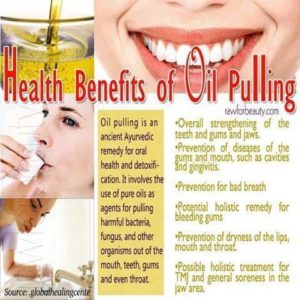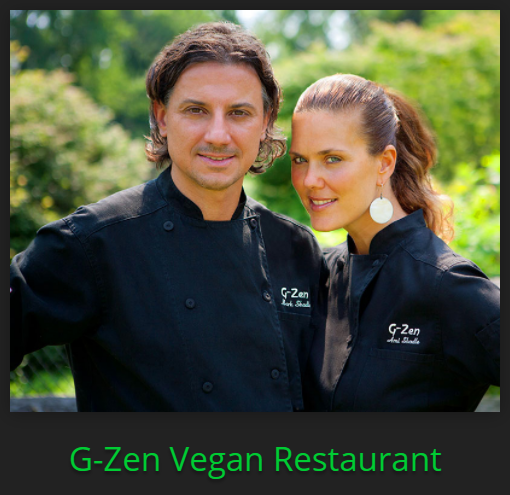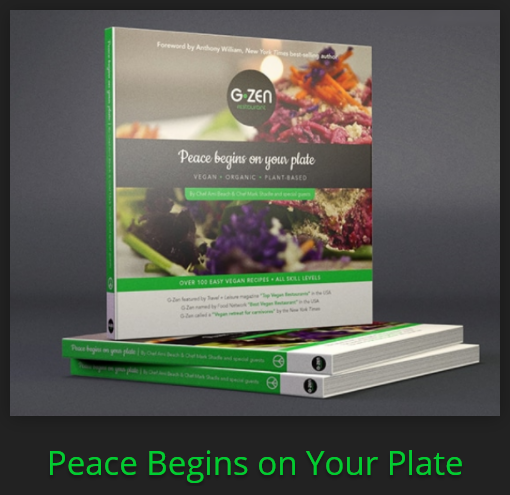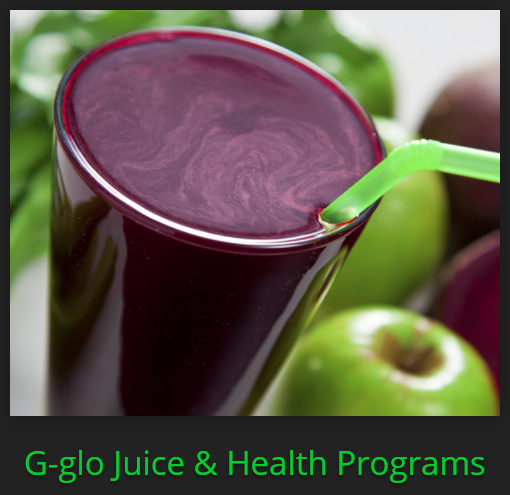Oil Pulling for Oral Health
What is Oil Pulling?
Oil pulling is an age-old remedy that uses natural substances to clean and detoxify teeth and gums. It has the added effect of whitening teeth naturally and evidence even shows that it is beneficial in improving gums and removing harmful bacteria!
The basic idea is that oil is swished in the mouth for a short time each day and that this action helps improve oral health. Just as with Oil Cleansingfor the skin, the principle of “like dissolves like” applies, as oil is able to cut through plaque and remove toxins without disturbing the teeth or gums.
The practice of oil pulling started in India thousands of years ago, and from my research, was first introduced to the United States in the early 1990s by a medical doctor named Dr. F. Karach, who used it with success in his medical practice.
I found hundreds of testimonials online from people who experienced benefits from oil pulling, including help with skin conditions, arthritis, asthma, headaches, hormone imbalances, infections, liver problems and more.
Though I’ve done this for a few years, my only personal experience is with increased oral health and less sensitive (and whiter!) teeth. After listening to the recent Heal Thy Mouth Summit and hearing several experts explain how bacteria and infection can enter the blood through the mouth, it does make sense that addressing these infections could have an impact in other parts of the body, I just haven’t had personal experience with this.
At the very least, I think that oil pulling can be very beneficial and has no downside as long as a quality oil (that is high enough quality to eat) is used. Oil pulling is a very inexpensive therapy that could potentially have great benefit on oral health, so I see no downside to trying it and I have used it myself for several years.
How to Do Oil Pulling:
The concept is incredibly simple. Basically, a person swishes a couple teaspoons of a vegetable based oil (coconut, sesame or olive) in the mouth for 20 minutes and then spits it out and rinses well. Oil pulling is best done in the morning, before eating or drinking anything, though Dr. Bruce Fife suggests that it can be done before each meal if needed for more severe infections or dental problems.
How to do oil pulling:
- Put 1-2 teaspoons of oil into the mouth. I prefer to use 2 teaspoons of organic coconut oil. I scoop it out as a solid and let it melt in my mouth before swishing (I don’t like the texture of solid coconut oil). I also pour a few drops of Brushing Blend (naturally antibacterial) into the mix.
- Swish for 20 minutes. Apparently the timing is key, according to Dr. Bruce Fife, author of Oil Pulling Therapy, as this is long enough to break through plaque and bacteria but not long enough that the body starts re-absorbing the toxins and bacteria. The oil will get thicker and milky as it mixed with saliva during this time and it should be creamy-white when spit out.
- Spit oil into the trash can. Especially if you have a septic system like I do… don’t spit into the sink! Do not swallow the oil as it is hopefully full of bacteria, toxins and pus that are now not in the mouth!
- Rinse well with warm water. Warm water seems to clean the mouth better (my opinion). I swish a few times with warm water to get any remaining oil out of my mouth.
- Brush well. I prefer to brush with Brushing Blend to make sure any remaining bacteria is killed.
I personally do this with coconut oil and brushing blend each morning before breakfast. Coconut oil is naturally antibacterial and has a milder taste that other oils and is my personal preference, though I’ve also seen it recommended by oral health experts.
I’ve noticed whiter teeth since starting oil pulling, but most notably, my teeth are incredibly smooth! Between this and my homemade toothpaste, I never have visible plaque on my teeth, and even at dental visits, they aren’t able to scrape off any plaque.
Does it Work?
My only personal experience is with the oral health benefits, and I continue doing it for this reason, but there is evidence that it might help with other conditions as well. The most comprehensive resource I’ve seen on the topic is the book “Oil Pulling Therapy” by Dr. Bruce Fife.





